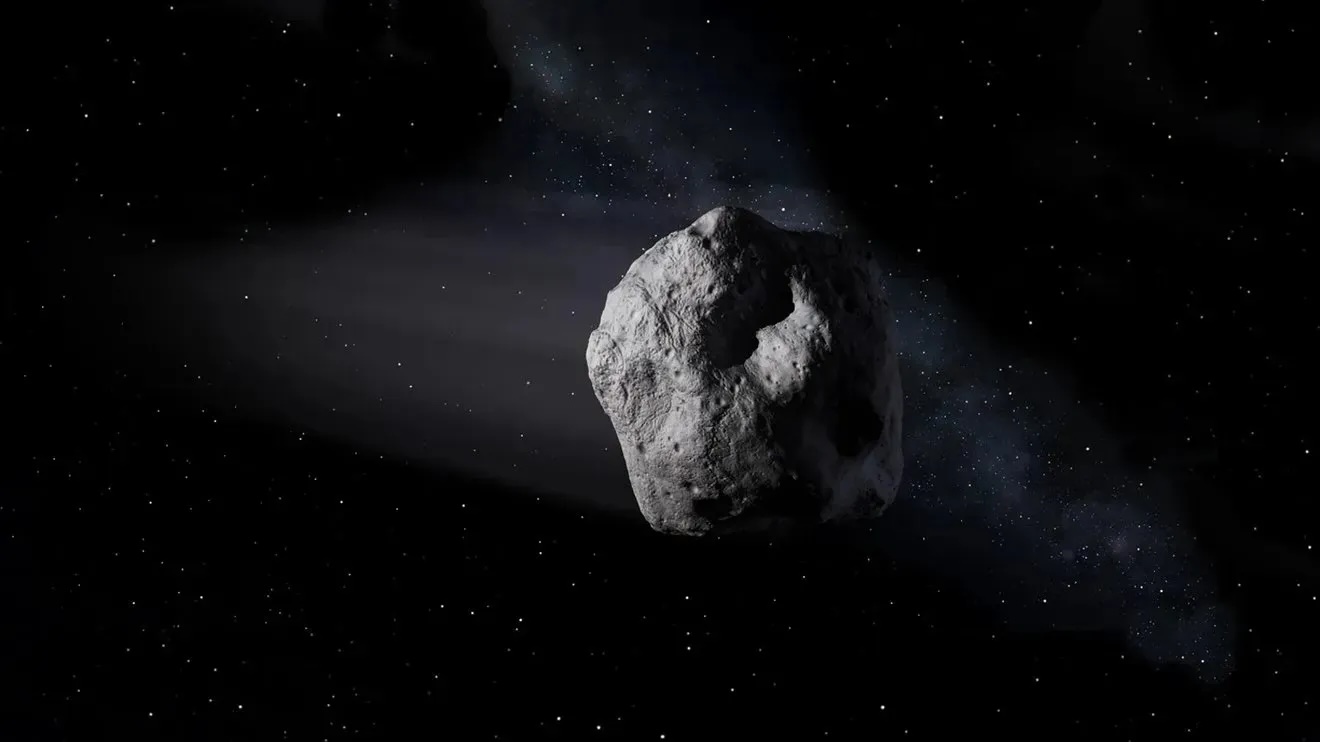When you purchase through linkup on our web site , we may earn an affiliate committal . Here ’s how it works .
A nest of 15 young dinosaur uncovered in Mongolia — cousins ofTriceratops — now suggests these plant - consume beasts might have cared for their young , scientist let on .
The dinosaur is namedProtoceratops andrewsi , a sheep - size of it herbivore that lived about 70 million years ago that ’s know for the frill at the back of its head . Within the nest were infants about 4 to 6 inches ( 10 to 15 centimeters ) long and probably no more than a year honest-to-god .

Fastovsky said the dinosaur infants may have been overrun by migrating dunes during a sandstorm. Back when the dinosaurs lived, some 70 million years ago, the area would’ve been a windblown dune field, where dunes may have reached as tall as 80 feet (24 meters).
" The grounds suggests they may have been brim over bymigrating dunesduring a dust storm , " researcher David Fastovsky , a vertebrate palaeontologist at the University of Rhode Island , told LiveScience .
The searing hot venue in the heart of the Gobi Desert where this nest was notice , Tugrikin Shire , has proven full-bodied in fossils in the past , admit the " fighting dinosaur , " an entombedVelociraptorandProtoceratopsseemingly locked in deadly combat . The land site was harsh back when these dinosaurs were active , too — the sandstones they were bury in suggest the region was an erg , a windblown dune plain a bit like part of the modern Sahara . The dune here might once have attain as improbable as 80 feet ( 24 meter ) . [ pic of dinosaur infant ]
This is the first definitiveProtoceratopsnest uncover to date , researchers say . Although scientists had reveal what they thought wereProtoceratopsnests since the 1920s , opening up the eggs divulge they actually belonged to another dinosaur — Oviraptor , a brute previously mistrust to have mill around around these testis to eat them .

The fact theseinfant dinosaurswere all found together suggests thatProtoceratopsparents might have cared for their young at nest during at least the early stage of childhood . In addition , Protoceratopswas a relatively primitive member of its group of dinosaurs , the ceratopsians , sosuggests that nesting and parental caremight have been traits constitute within other ceratopsians as well , such asTriceratops .
" It ’s quite striking that there are 15 juvenileProtoceratopshere — that seems like a lot to worry for , " Fastovsky said . " But they were hold up in a harsh environs , so perhaps fatality rate rate were high . "
The scientists would like to remodel the ecosystem whereProtoceratopsdwelled to better infer the context in which it live and why it might have adopted the familial scheme it did .

" We do n’t acknowledge what they fed on right on now — we do n’t know what plant life there was , " Fastovsky said . " But it was more productive than what we might wait of a dune field , consecrate how many fossil we ’ve find there . "
The scientist detailed their finding in the November issue of the Journal of Paleontology .
















